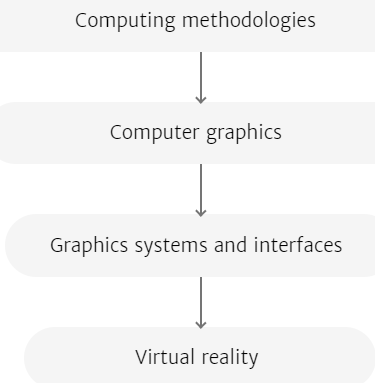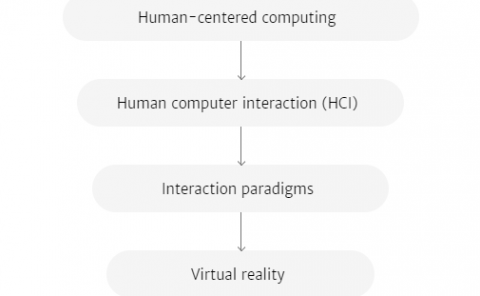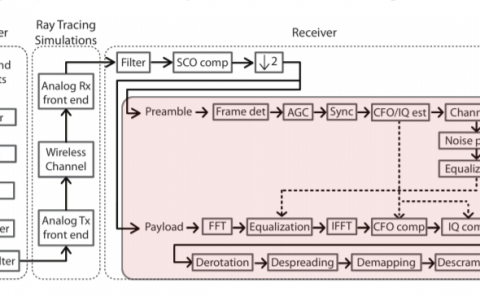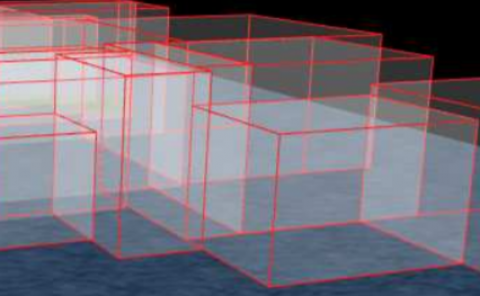Measuring User Quality of Experience in Social VR systems
PubDate: October 2018
Teams: Centrum Wiskunde & Informatica
Writers: Francesca De Simone
PDF: Measuring User Quality of Experience in Social VR systems

Abstract
Virtual Reality (VR) is a computer-generated experience that can simulate physical presence in real or imagined environments [7]. A social VR system is an application that allows multiple users to join a collaborative Virtual Environment (VE), such as a computer-generated 3D scene or a 360-degree natural scene captured by an omnidirectional camera, and communicate with each other, usually by means of visual and audio cues. Each user is represented in the VE as a computer-generated avatar [3] or, in recently proposed systems, with a virtual representation based on live captures [1]. Depending on the system, the user’ virtual representation can also interact with the virtual environment, for example by manipulating virtual objects, controlling the appearance of the VE, or controlling the playout of additional media in the VE. The interest for social Virtual Reality (VR) systems dates back to the late 90s [4, 8] but has recently increased [2, 5, 6] due to the availability of affordable head-mounted displays on the consumer market and to the appearance of new applications, such as Facebook Spaces, YouTube VR, Hulu VR, which explicitly aim at including social features in existing VR platforms for multimedia delivery. In this talk, we will address the problem of measuring user Quality of Experience (QoE) in social VR systems. We will review the studies that have analysed how different features of a social VR system design, such as avatar appearance and behavioural realism, can affect user’s experience, and propose a comparison of the objective and subjective measures used in the literature to quantify user QoE in social VR. Finally, we will discuss the use case of watching movies together in VR and present the results of one of our recent studies focusing on this scenario, designed and performed in the framework of the European project VRTogether (http://vrtogether.eu). Particularly, we show an analysis of correlation between the objective and subjective measurements collected during our study, to provide guidelines toward the design of a unified methodology to monitor and quantify users’ QoE in social VR systems. The open questions to be addressed in the future in order to achieve such goal are also discussed.



